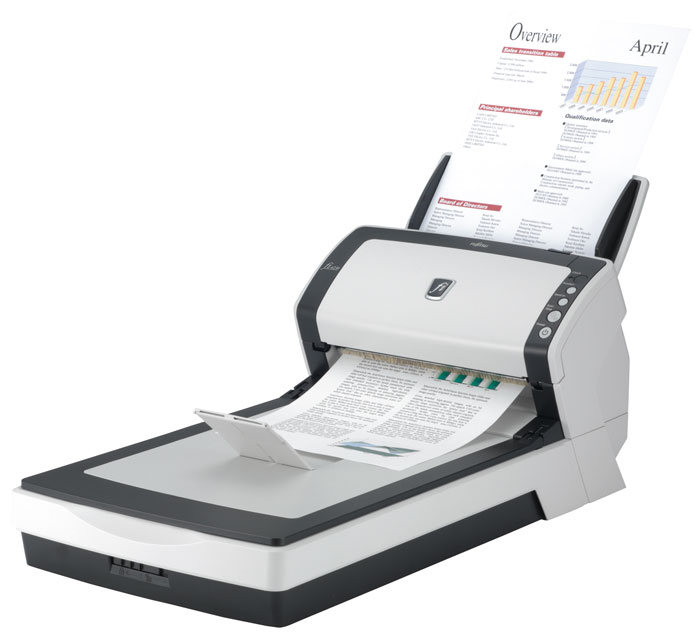Choosing the Right Document Scanner
Uncategorized
 What is a document scanner?
A document scanner is a device which helps in converting hard copy documents into electronically formed documents. It is a hardware device. It scans documents, photographs, etc… in order to capture its image and save it for different purposes. The market is flooded with a pool of document scanners that are different in shape, form, size, etc… as well as on functionality basis. There is a range of document scanners which have appealing designs, unique features and great functionality. The needs of an individual differ. Hence, people can choose their desired document scanner which could meet the needs of a person.
How to go about a right document scanner?
Before finalizing upon your document scanner, it is highly crucial to check certain things as well. Thus, the following are the check points for choosing the right document scanner:
1. Discover the reason: It is very important to know the need of document scanner. In case of unnecessary purchasing, it will be just a waste of money and resource. Also a prior check with respect to software compatibility needs to be done. Hence, the person should first identify the purpose.
2. Check on the budget: The price of scanner differs from one another. People must go for a recee of document scanners in market and note down its pricing. Then based on the need and budget available, the person can streamline the choice.
3. Choosing the type: There are four types of document scanner namely, Desktop Document Scanner, Portable Document Scanner, Production Document Scanner and Work group Document Scanner. These entire four document scanner are unique in them. They have a set of features that fulfill different needs and requirements. They are different from one another. Hence, a person should understand these types and select the desired one.
4. Comparison of Features: The following are the different features that can be compared amongst different document scanners:
What is a document scanner?
A document scanner is a device which helps in converting hard copy documents into electronically formed documents. It is a hardware device. It scans documents, photographs, etc… in order to capture its image and save it for different purposes. The market is flooded with a pool of document scanners that are different in shape, form, size, etc… as well as on functionality basis. There is a range of document scanners which have appealing designs, unique features and great functionality. The needs of an individual differ. Hence, people can choose their desired document scanner which could meet the needs of a person.
How to go about a right document scanner?
Before finalizing upon your document scanner, it is highly crucial to check certain things as well. Thus, the following are the check points for choosing the right document scanner:
1. Discover the reason: It is very important to know the need of document scanner. In case of unnecessary purchasing, it will be just a waste of money and resource. Also a prior check with respect to software compatibility needs to be done. Hence, the person should first identify the purpose.
2. Check on the budget: The price of scanner differs from one another. People must go for a recee of document scanners in market and note down its pricing. Then based on the need and budget available, the person can streamline the choice.
3. Choosing the type: There are four types of document scanner namely, Desktop Document Scanner, Portable Document Scanner, Production Document Scanner and Work group Document Scanner. These entire four document scanner are unique in them. They have a set of features that fulfill different needs and requirements. They are different from one another. Hence, a person should understand these types and select the desired one.
4. Comparison of Features: The following are the different features that can be compared amongst different document scanners:
- Size of Paper: Document Scanners usually support A3 and A4 size paper. In case of particular specifications of paper size, people can check out specialized document scanners as well.
- Daily output: It is necessary to check the number of documents or pages which it can scan on daily basis. The capacity differs amongst document scanners.
- Number of Sides: Simplex scanners can scan on one side while Duplex Scanners can scan both sides. The person should check this and see his or her requirement.
- Resolution: Each document scanner has different resolution capacity. It is important to check the level of detail for dots per inch (DPI) which can scan the document.
- Check Color options: Scanners can scan black and white as well as colored documents. Hence, the user should check this and then decide.
- Time check: The time needs to be calculated for scanning pages and images.
- Bulk loading: The person needs to check the number of pages or bundle that can be loaded at one time in the document scanner.
- Connectivity: One should check whether the document scanner can be easily connected with the system or not. Also, it possesses USB port or SCSI or FireWire which helps in transferring the files.
Frequently Asked Questions?

01
AR and VR
Snap Engages Users with New AR & ML Toolkit
May 7, 2024

01
Tech Gadgets
Power Down to Power Up: How a Digital Detox Benefits You and the Planet
May 6, 2024
01
Tech news
Gatherings Just Got Easier: WhatsApp Communities Now Have Built-In Event Planning
May 5, 2024

01
Tech news
Tech for a Greener You: Apps to Empower Your Sustainable Lifestyle
May 3, 2024
SUSBSCRIBE TO OUR NEWSLETTER
Join our subscribers list to get the latest news and special offers.
Snap Engages Users with New AR & ML Toolkit
Power Down to Power Up: How a Digital Detox Benefits You and the Planet
Gatherings Just Got Easier: WhatsApp Communities Now Have Built-In Event Planning
iPhone Repair Just Got Easier: No More Disabling Find My Before Service